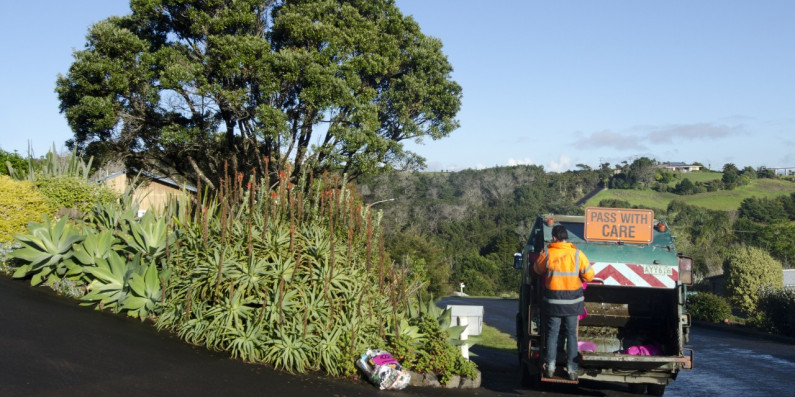The best way to avoid extra charges is to look at ways of reducing your waste.
Rethink your food habits
The average New Zealand household wastes up to three shopping trolleys worth of food each year – those lonely lettuce bags and leftover beans at the back of the fridge can really add up!
Check out the Love Food hate waste New Zealand website for meal planners with recipes, food storage tips and creative ways to love your leftovers.
Compost what you don’t eat
Have space in your backyard? Give composting or worm farming a go.
Space at a premium? Give bokashi a try or check out ShareWaste NZ to find a community composting hub or friendly neighbour who will compost your food waste for you.
Check your local council website for links to composting courses or a kerbside food scraps service.
Choose to reduce and reuse
The average New Zealand household uses 941 plastic containers or bottles per year see The Truth about plastic recycling in Aotearoa New Zealand in 2020.
Avoid single use items by:
- drinking from a reusable bottle
- taking the time to dine in
- storing leftovers in containers or cover with a plate
- keeping a ‘reusable kit’ in the car with your grocery bags. You can store a coffee cup and cutlery in a container, which can also be used for leftovers or takeaways when you’re eating out while on the go
- making or buying a ‘wet’ bag for wet towels and swimsuits
- using shampoo bars
- shopping at a bulk store
- check the Plastic Free July website for more ideas.
Recycle right
On average over 10 per cent of the waste that households send to landfill could have been recycled.
Take the time to separate cardboard, bottles, jars and cans and place in your recycling bin. Check your local council website to help you determine which plastic items are recyclable in your area. Set up a dedicated container in your kitchen to make it easier to separate your recycling without having to leave the house.
Pro tip: use the dirty dishwater to rinse out recycling and save water.
Return your soft plastics
Drop off plastic bags and wraps such as courier, bread and frozen veggie bags to the Soft plastic recycling scheme.
Check out the store locator to find a collection point in your neighbourhood.
